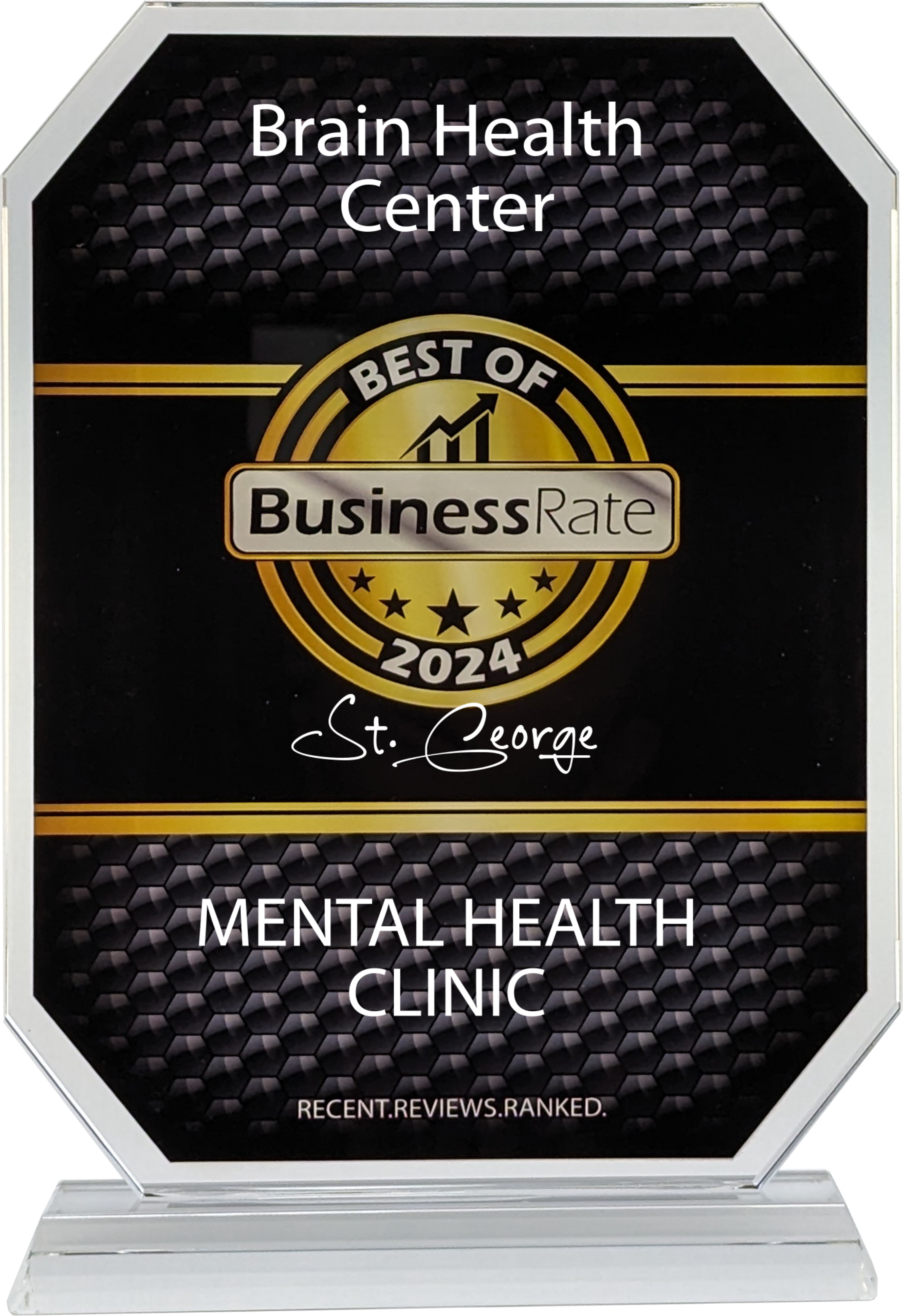Postpartum depression is an often misunderstood condition that casts a shadow over what is typically viewed as a joyful time in a woman's life. With symptoms that go beyond the common “baby blues,” postpartum depression requires a nuanced and compassionate approach to...
TMS Therapy Articles
TMS for Teens: Adolescent Depression Treatment
Today, we're diving deep into a groundbreaking approach to the battle against depression. And we’re doing it specifically for the younger crowd who are navigating this tough terrain. Enter the world of TMS therapy for adolescent depression — a glimmer of hope that's...
Understanding the Science Behind TMS for Anxiety
Today, we're diving deep into the fascinating world of TMS therapy, especially as it relates to tackling anxiety. If you've ever felt the grip of anxiety tighten around your daily life, you know it's more than a case of nerves. It’s often overwhelming, paralyzing,...
OCD Strategies That Work: Tips on How to Cope
Today, we're going to tackle a topic that's close to many hearts and minds: understanding OCD and the best strategies for combating it. If you've ever found yourself caught in the whirlwind of obsessive thoughts and compulsive actions, or know someone who has, you're...
SAINT TMS Therapy: A Complete Guide on the Revolutionary Approach to Treating Depression
Transcranial Magnetic Stimulation (TMS) has emerged as a powerful, FDA-approved treatment for depression, offering hope to many who seek alternatives to traditional medications. Now, Stanford Accelerated Intelligent Neuromodulation Therapy (SAINT TMS) is advancing...
6 Things You Can Expect From Treatment for Suicidal Ideation
Today, we're diving into a topic that’s super important: suicidal ideation. It's one of those things that's tough to discuss but incredibly important. In this blog, we're going to unpack all the ins and outs of what it means to get help for suicidal thoughts. ...
Finding a TMS Therapy Provider: 7 Tips for Choosing the Right Clinic
So, you're considering TMS therapy and wondering how to choose the right clinic. It's a big decision. You want the best fit for your needs, but with so many options out there, where do you even start? This blog will dive into the key factors you should consider when...
Comparing TMS and Traditional Depression Treatments
So, today we're diving into a topic that's super important but a bit confusing — the world of depression treatments. With so many options out there, from the latest techniques like TMS therapy to more traditional methods like medications and talk therapy, it sometimes...
Is Postpartum Depression Genetic? Your Questions Answered
Today, we're diving into a topic that's both important and deeply personal for many — postpartum depression. It's a term we often hear, but what does it mean? And more importantly, what's behind it? Is it something woven into the very fabric of our genes, or are there...
TMS SAINT vs. Regular TMS: What’s The Difference?
If you're already familiar with TMS, you might know it as a groundbreaking approach to treating conditions like depression. But wait, there’s a new twist in the TMS saga — TMS SAINT. It’s the latest evolution in this therapy, and it's making some serious waves. This...
It's Time To Heal
For many of our friends seeking wellness, TMS is an incredible solution. Get started now with our team.











